Olfactory Perception Influenced By Background And Semantic Information

Olfactory perception influenced by background and semantic information
When two people smell the same thing, they can have remarkably different reactions, depending on their cultural background. Researchers at the Neuro have found that even when two cultures share the same language and many traditions, their reactions to the same smells can be different.
In a partnership with researchers from the Lyon Neuroscience Research Centre in France, clinical neuropsychologist Jelena Djordjevic and her group at the Montreal Neurological Institute tested subjects in Quebec for their subjective impressions of different scents, while their collaborators in France did the same with French subjects. They selected six scents: anise, lavender, maple, wintergreen, rose and strawberry.
Participants were asked to smell each scent first without knowing what the scent is, then again after being told its name. The subjects rated the scent on pleasantness, intensity, familiarity, and edibility. The scientists also measured the subjects’ non-verbal reactions to each scent, including sniffing, activity of facial muscles, respiration and heart rate.
The researchers found significant differences between ratings of the same odours among the French and French-Canadian subjects. For example, the French gave wintergreen much lower pleasantness ratings than French-Canadians. In France, wintergreen is used more in medicinal products than in Canada, where it is found more in candy. Canadians were more familiar with scents of maple and wintergreen than the French, while in turn people from France were more familiar with the scent of lavender. When asked to describe odours, Canadians were better at describing maple and wintergreen, while people from France were better at describing lavender. Anise was rated similarly in two cultures but was described more often as “licorice” in Quebec and as “anise” in France.
Providing the names of the odours to subjects increased their ratings of familiarity, pleasantness and edibility. Furthermore, cultural differences disappeared or decreased when the names were provided. This was true even for the non-verbal reactions to scents. The findings suggest that mental representations activated by odour names are more similar between cultures than the mental representations activated by sensory information alone. Cultural differences in perception of odours are subtle, and are easily reduced by the mere presence of odour names.
The results were published in the journal Chemical Senses.
This study reinforces the idea that our brain’s processing of odour is not simply its reaction to the chemical compounds that make up the scent. It is influenced both by our previous experience with the scent and our knowledge of what the scent is.
While previous studies have come to similar conclusions, this study is unique in that it compared two cultures which share the same language and have similar traditions. This eliminated the possibility of language being a cause of the different reactions between groups.
“In psychology, we call these effects ‘top-down influences’ and we were excited to further develop our understanding of them”, says Djordjevic. “Even basic processes, such as smelling a scent, are influenced by where we come from and what we know. The sense of smell occupies a very old part of our brain. Studying this old sensory system helps us understand how we have evolved as a species. Furthermore, olfactory loss is common in normal aging and also in many neurological conditions. Studying these disorders can provide us with clues about the disease mechanisms and possible ways to treat them.”
More Posts from Ritasakano and Others
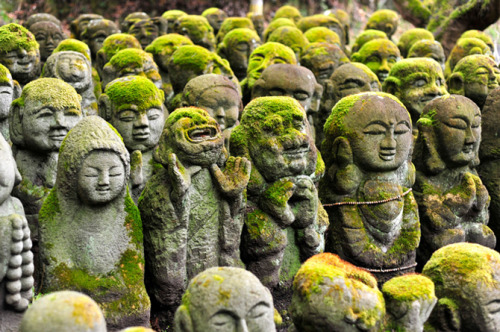

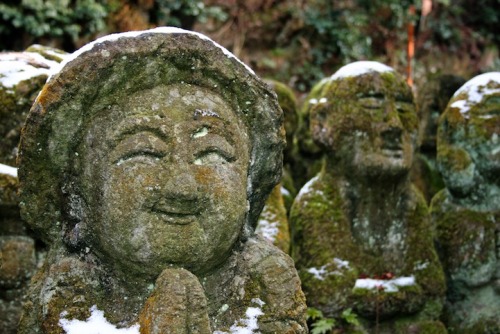
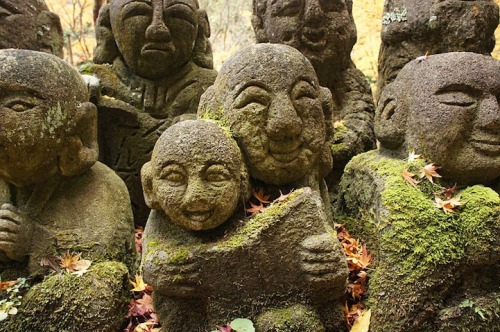
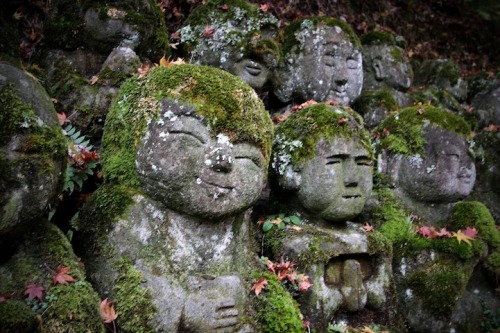
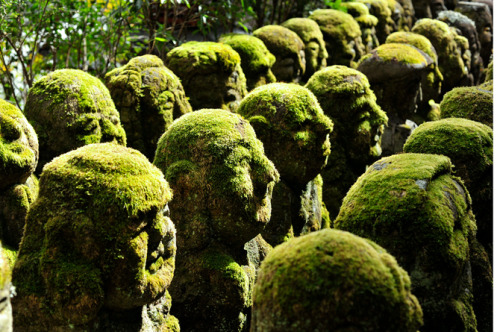
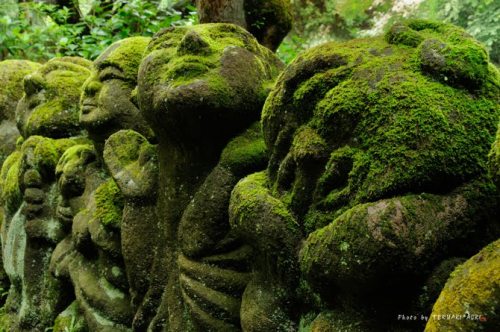
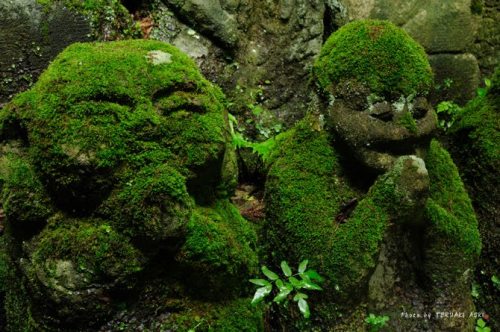
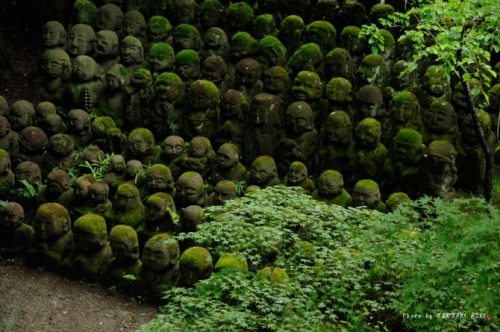










SpaceTime 20170201 Series 20 Episode 09 is now out
SpaceTime covers the latest news in astronomy & space sciences.
The show is available as a free twice weekly podcast through itunes, Stitcher, Pocketcasts, SoundCloud, Bitez.com, YouTube, Audio Boom, and from www.spacetimewithstuartgary.com
SpaceTime is also broadcast coast to coast across the United States on Science360 Radio by the National Science Foundation in Washington D.C.
SpaceTime daily news blog: http://spacetimewithstuartgary.tumblr.com/ SpaceTime facebook: www.facebook.com/spacetimewithstuartgary SpaceTime twitter feed @stuartgary
Today’s stories…
The universe being blown apart by dark energy The universe’s rate of expansion is continuing to accelerate at an ever increasing rate according to new measurements. The findings have important consequences for the ultimate fate of the universe and how soon that end arrives.
The secret of the super volcano A new study has conclu8ded that the largest volcanic eruption in human history – the Toba super-volcano in Indonesia – was triggered by vast quantities of water laden rock coming into contact with the volcano’s massive magma reservoir. The Toba volcano eruption 73 thousand years ago pushed humanity close to extinction slashing the human population down to as little as a thousand breeding pairs..
February Skywatch As well as a close encounter with a comet, the February skies are providing both an annular solar eclipse and a penumbral lunar eclipse.
“Pauta do Congresso agora é vingança contra MP e Judiciário”, diz procurador - O Antagonista
Whale automata by Sylvain Gautier.
Sonhar Com mundos distantes Possibilidades Eternas.
Solar System: Top 5 Things to Know This Week
1. A Ceres of Fortunate Events

Our Dawn mission continues its exploration at Ceres, and the team is working with the data coming back to Earth, looking for explanations for the tiny world’s strange features. Follow Dawn’s expedition HERE.
2. Icy Moon Rendezvous

One of the most interesting places in the entire solar system is Saturn’s moon Enceladus, with its underground ocean and spectacular geyser plume. This month, the Cassini spacecraft will be buzzing close by Enceladus several times, the last such encounters of the mission. On October 14, Cassini will perform a targeted flyby at a distance of just 1,142 miles (1,838 kilometers) over the moon’s northern latitudes. Ride along with Cassini HERE.
3. Make Your Own Mars Walkabout
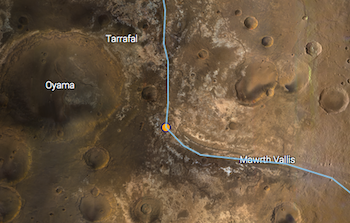
You can retrace Opportunity’s journey, see where the Curiosity rover is now, or even follow along with fictional astronaut Mark Watney from The Martian movie using the free online app MarsTrek. The app lets you zoom in on almost any part of the planet and see images obtained by our spacecraft, so you can plan your on Red Planet excursion. Take a hike HERE.
4. Elusive Features on Jupiter

New imagery from our Hubble Space Telescope is capturing details never before seen on Jupiter. High-resolution maps and spinning globes, rendered in the 4K Ultra HD format, reveal an elusive wave and changes to Jupiter’s Great Red Spot. Explore Jupiter HERE.
5. Mr. Blue Sky

Another week, another amazing picture from Pluto. The first color images of Pluto’s atmospheric hazes, returned by our New Horizons spacecraft last week, reveal that the hazes are blue. Who would have expected a blue sky in the Kuiper Belt? Most of the data collected during July’s Pluto flyby remains aboard the spacecraft, but the team publishes new batches of pictures and other findings on a weekly basis. Keep up with the latest HERE.
Make sure to follow us on Tumblr for your regular dose of space: http://nasa.tumblr.com
👏
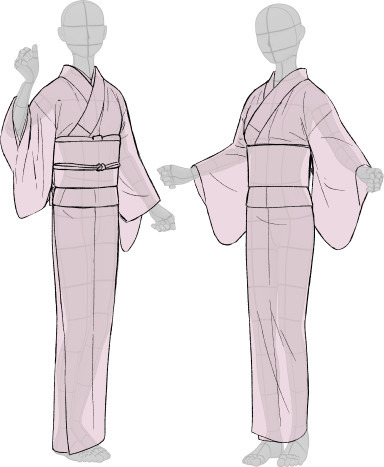
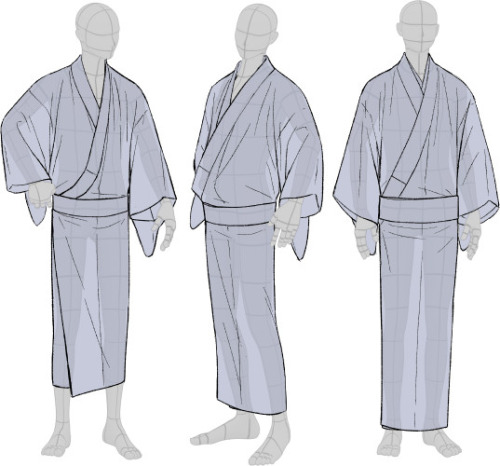
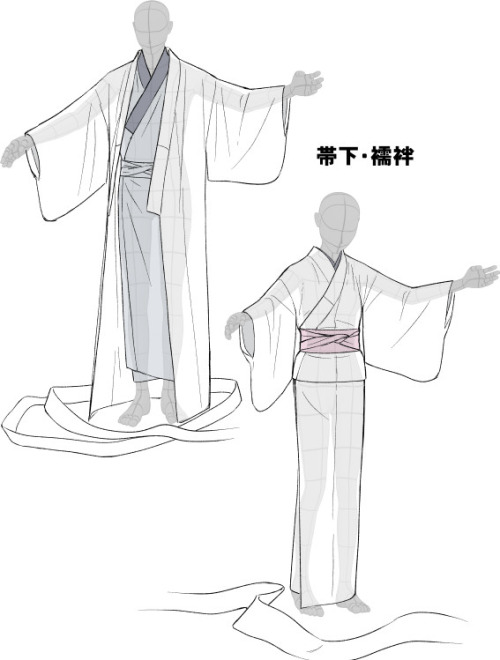
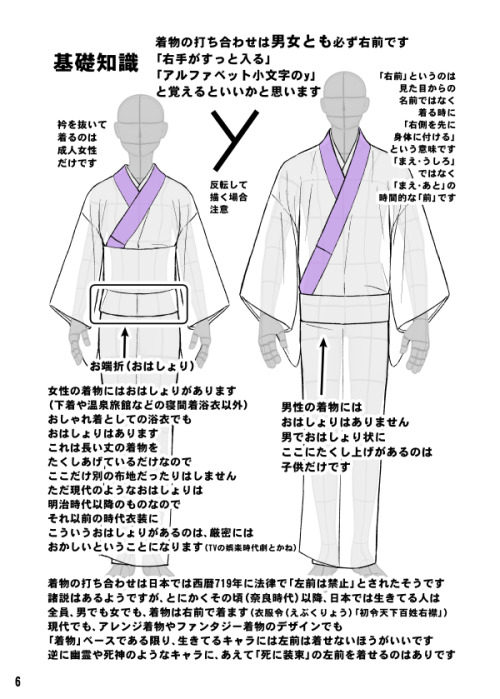
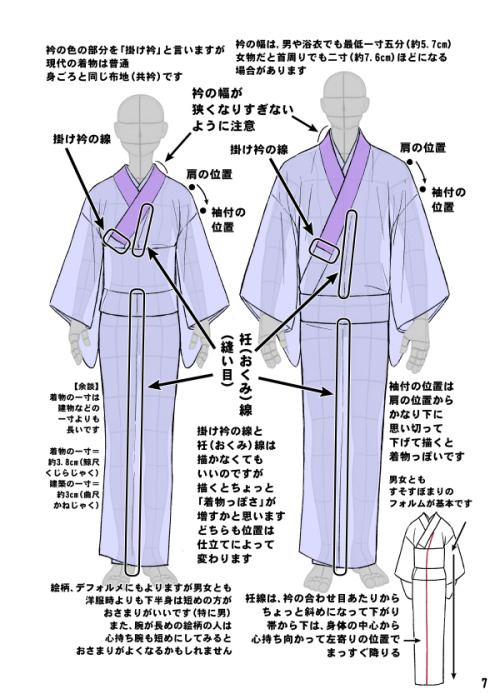
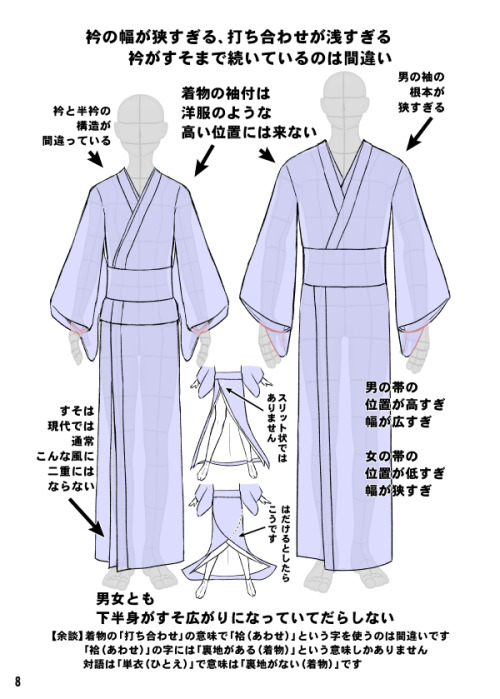
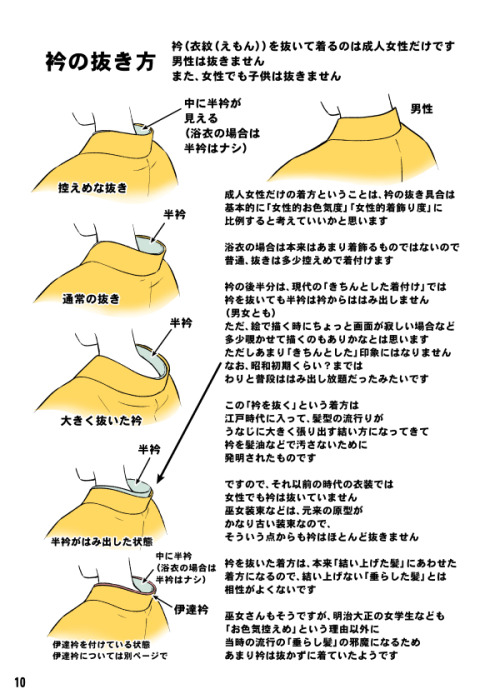

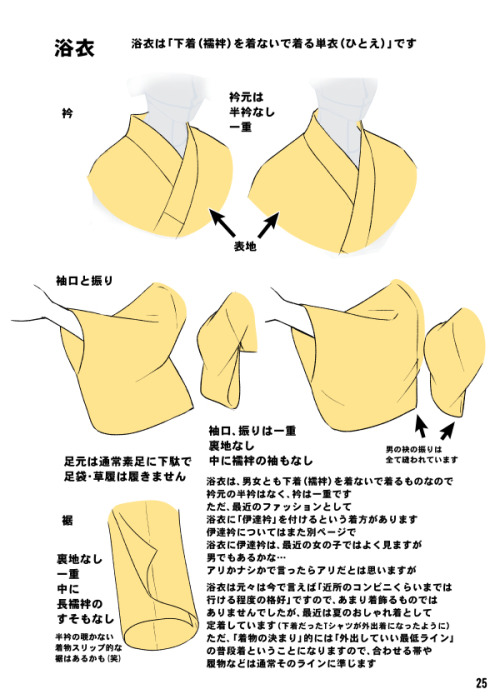
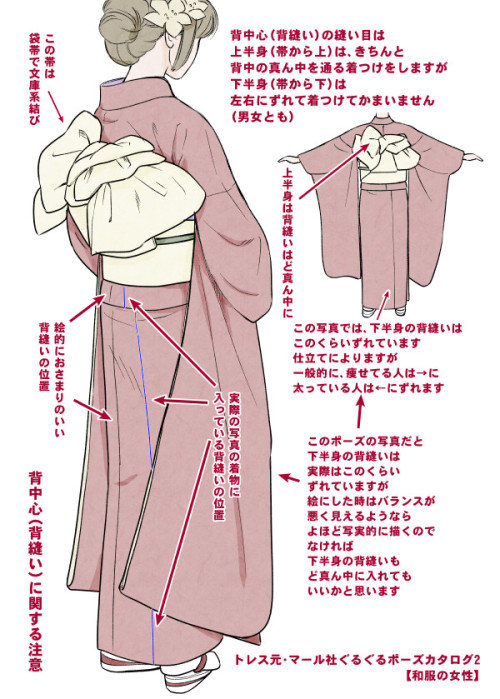
Kimono drawing guide ½, by Kaoruko Maya (tumblr, pixiv, site). Booklet is available in pdf for ¥ 900 here.
Here you can see:
female kimono and yukata (note how the juban underwear peeks when in kimono + how belts differ)
male yukata and kimono (note how the juban underwear peeks when in kimono)
dressing up: male (kimono is not closed yet) and female (kimono closed with datejime belt and ready to put on obi)
differences between female and male kimono once dressed (note how the collars and belts set)
common drawing mistakes (compare with previous picture: shoulders lines are too defined, there is a double hem, collars are narrow, belt is not at the right place etc)
women back collar (the lower the sexier) and men back collar (close to the nape)
back and sleeves differences between men and women
collars and sleeves and view of how kimono drapes around body
Furisode back (long sleeves kimono) and formal furisode obi knot example
Ines


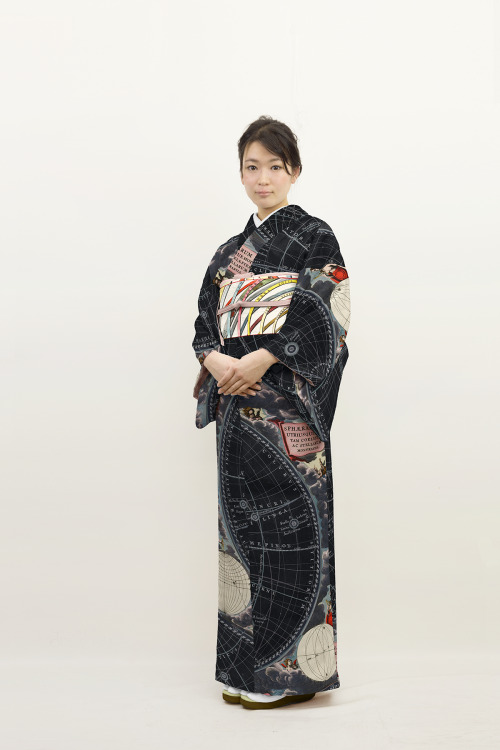

Constellation print and map kimonos
Sakura uma paixão eterna!!








Cherry Blossoms

Photo by Ezin Tseng on Flickr

-
 abit-too-confused reblogged this · 8 years ago
abit-too-confused reblogged this · 8 years ago -
 clearlyjoyfulstudentstuff liked this · 8 years ago
clearlyjoyfulstudentstuff liked this · 8 years ago -
 learninglinguist liked this · 8 years ago
learninglinguist liked this · 8 years ago -
 fluorescentfires liked this · 8 years ago
fluorescentfires liked this · 8 years ago -
 whowantstobeaphd reblogged this · 8 years ago
whowantstobeaphd reblogged this · 8 years ago -
 floppergostic liked this · 8 years ago
floppergostic liked this · 8 years ago -
 ravenclawmouse reblogged this · 8 years ago
ravenclawmouse reblogged this · 8 years ago -
 luncheon-aspic reblogged this · 8 years ago
luncheon-aspic reblogged this · 8 years ago -
 luncheon-aspic liked this · 8 years ago
luncheon-aspic liked this · 8 years ago -
 linguisten reblogged this · 8 years ago
linguisten reblogged this · 8 years ago -
 harmonic-psyche reblogged this · 8 years ago
harmonic-psyche reblogged this · 8 years ago -
 imaginina liked this · 8 years ago
imaginina liked this · 8 years ago -
 ritasakano reblogged this · 8 years ago
ritasakano reblogged this · 8 years ago -
 ritasakano liked this · 8 years ago
ritasakano liked this · 8 years ago -
 aristocleia reblogged this · 8 years ago
aristocleia reblogged this · 8 years ago -
 aristocleia liked this · 8 years ago
aristocleia liked this · 8 years ago -
 plurdledgabbleblotchits liked this · 8 years ago
plurdledgabbleblotchits liked this · 8 years ago -
 papapenguin reblogged this · 8 years ago
papapenguin reblogged this · 8 years ago -
 transformrollout94 liked this · 8 years ago
transformrollout94 liked this · 8 years ago -
 umai-yo liked this · 8 years ago
umai-yo liked this · 8 years ago -
 chilllllex reblogged this · 8 years ago
chilllllex reblogged this · 8 years ago -
 potato-man28 liked this · 8 years ago
potato-man28 liked this · 8 years ago -
 thepalett-blog reblogged this · 8 years ago
thepalett-blog reblogged this · 8 years ago -
 littlestrock reblogged this · 8 years ago
littlestrock reblogged this · 8 years ago -
 bukwyvrm liked this · 8 years ago
bukwyvrm liked this · 8 years ago -
 thusspakejasminefofazmine reblogged this · 8 years ago
thusspakejasminefofazmine reblogged this · 8 years ago -
 thusspakejasminefofazmine liked this · 8 years ago
thusspakejasminefofazmine liked this · 8 years ago -
 luminousradar liked this · 8 years ago
luminousradar liked this · 8 years ago -
 serpentintherose liked this · 8 years ago
serpentintherose liked this · 8 years ago -
 gorptheoopdoopscoopgoop liked this · 8 years ago
gorptheoopdoopscoopgoop liked this · 8 years ago -
 juxtaposedfairyfloss liked this · 8 years ago
juxtaposedfairyfloss liked this · 8 years ago -
 queenofeire liked this · 8 years ago
queenofeire liked this · 8 years ago -
 powerofhealth reblogged this · 8 years ago
powerofhealth reblogged this · 8 years ago -
 leftfootism liked this · 8 years ago
leftfootism liked this · 8 years ago -
 joybirds reblogged this · 8 years ago
joybirds reblogged this · 8 years ago